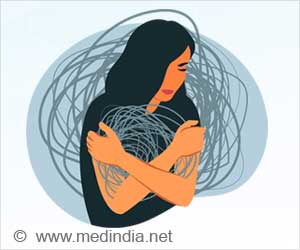Researchers at the Salk Institute for Biological Studies have found that the combination of alpha-7 , a nicotine receptor and beta amyloid, a toxic protein is actually lethal , causing a surge in Alzheimer's symptoms.
In combination, say the researchers, alpha-7 and beta amyloid appear to exacerbate Alzheimer's symptoms, while eliminating alpha-7 seems to nullify beta amyloid's harmful effects.The researchers sought to determine whether the alpha-7 receptors actually modulate the effects of beta amyloid in Alzheimer's disease.
"Alpha-7 is expressed all over the brain. All mammals have it, and it's probably essential for something, but we don't know what," says Dr. Stephen F. Heinemann, of the Salk Molecular Neurobiology Laboratory, where the study was carried out.
For their study, the researchers crossed mice engineered to lack the gene for alpha-7 with a mouse model for Alzheimer's disease, which had been genetically engineered to overexpress amyloid precursor protein (APP), an antecedent to beta amyloid.
Putting the offspring through a series of memory tests, the researchers found that those with both mutations-too much APP and no gene for alpha-7-performed as well as normal mice.
However, the Alzheimer's mice, which had the alpha-7 gene and also overexpressed APP, did poorly on the tests.
Advertisement
"All the results together gave us idea that yes, alpha-7 is in part a mediator of the synaptic and cognitive pathology produced by beta amyloid accumulation," says first author Dr. Gustavo Dziewczapolski, a postdoctoral researcher in Heinemann's lab.
Advertisement
Dziewczapolski and Heinemann plan to continue their investigations of the alpha -7/beta amyloid connection, with the hope of identifying the mechanism behind the relationship and determining why the synapses die in Alzheimer's.
A research article describing the current study has been published in The Journal of Neuroscience.
Source-ANI
SAV









